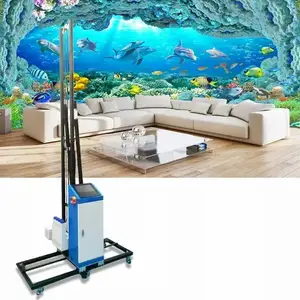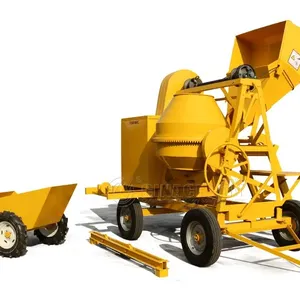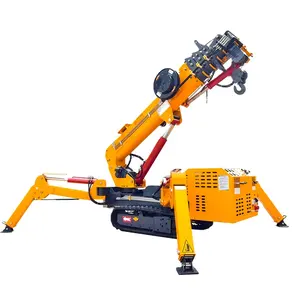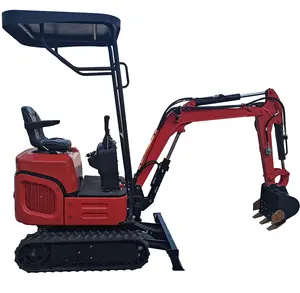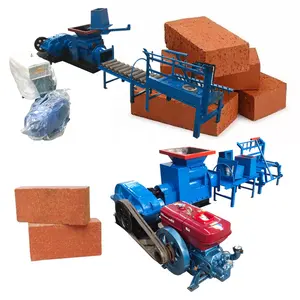Popular in your industry


































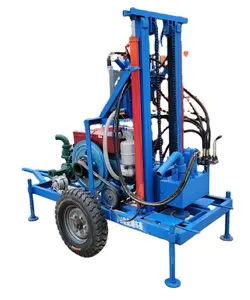
























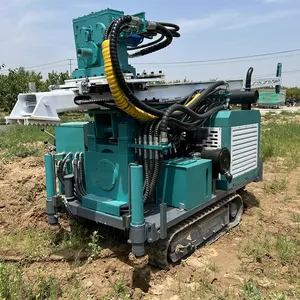
















Related Searches:






































































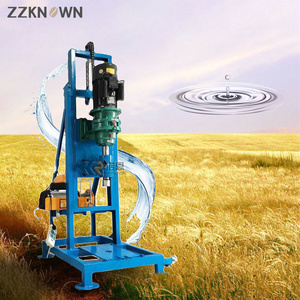

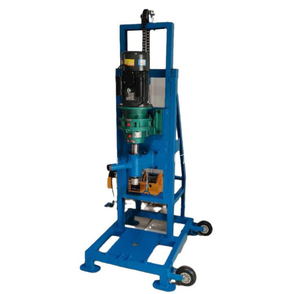


















































Top categories
About water boring drilling machine
A water boring drilling machine, also known as a borewell machine, is an equipment used to dig deep holes in the ground to access groundwater. This machine is designed to bore cylindrical holes in the earth's crust for various purposes, such as extracting water for irrigation, industrial use, or domestic consumption. The borewell drilling machine is an essential tool in areas where surface water is scarce, making groundwater the primary source of water supply.
Structure of a Water Boring Drilling Machine
A water borewell machine typically consists of several components that work together to create a borehole. The main components include the drill bit, drill rods, drilling rig, mud pump, and other accessories. The drill bit, usually made of tough materials like tungsten carbide, is the cutting tool that breaks the ground during the drilling process. Drill rods, often made of steel, connect the drill bit to the drilling rig and transfer the torque and axial force to the bit. The drilling rig is the main structure that supports and controls the drilling operation. The mud pump circulates drilling fluid to cool the bit, carry cuttings to the surface, and stabilize the borehole walls. Other accessories, such as casing pipes, well screens, and pumps, are used to complete the borewell and extract groundwater.
Working Principle of a Water Boring Drilling Machine
The working principle of a borewell drilling machine involves a complex interplay of mechanical, hydraulic, and sometimes pneumatic processes. The first step in drilling a water borewell is setting up the drilling rig at the chosen site. The operator then mobilizes the drill bit, attached to the drill rods, to the desired depth by rotating the rods using the rig's power source. During this process, the drill bit crushes the ground, creating cuttings and a borehole. To stabilize the borehole and prevent it from collapsing, drilling fluid, commonly referred to as mud, is pumped down the drill rods and exits through the bit, carrying cuttings to the surface. The mud also cools the bit and provides hydraulic pressure to counterbalance the surrounding formation's pressure, a crucial aspect in preventing blowouts.
Different types of borewell drilling machines are available, each catering to specific geologies and drilling requirements. One of the most popular variations is the mini borewell drilling machine, which is compact, easily transportable, and suitable for drilling shallow to moderate-depth boreholes in areas with limited access or space constraints. Larger rigs are used for deeper boreholes in challenging terrains, such as hard rock formations or unconsolidated soils. In addition, specialized borewell drilling machines, like rotary and percussion rigs, are employed based on the formation's hardness and the desired borehole diameter. The versatility and adaptability of these machines make them indispensable in accessing groundwater for various applications.
Applications of a Water Boring Drilling Machine
Borewell drilling machines are crucial for addressing water scarcity and ensuring a sustainable water supply in various sectors. In the agricultural domain, these machines are extensively used to tap into groundwater for irrigation, especially in regions where surface water sources are inadequate. Industries rely on borewell drilling to access water for manufacturing processes, cooling systems, and other operational needs. The construction sector employs borewell machines to facilitate site-specific dewatering and provide a stable foundation. Borewell drilling machines play a vital role in enhancing access to clean drinking water for communities, particularly in rural and remote areas. Additionally, these machines are utilized in geotechnical investigations, mineral exploration, and environmental monitoring. The adaptability and efficiency of borewell drilling machines in accessing groundwater make them indispensable in numerous sectors, contributing to sustainability and resource optimization.
